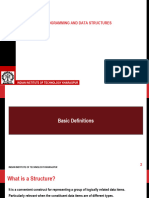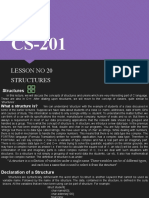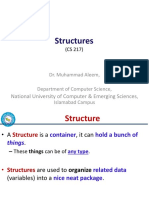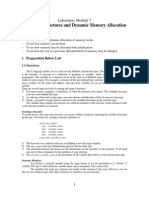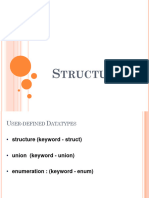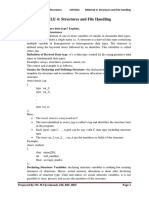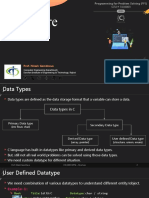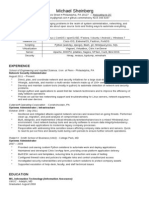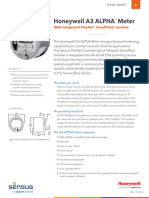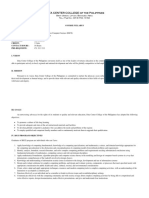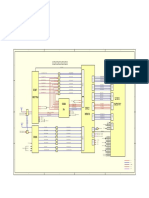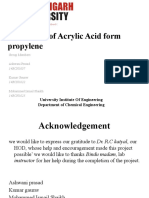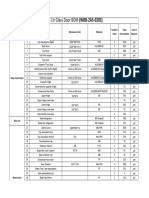0% found this document useful (0 votes)
39 views32 pagesStructures: Prof. Indranil Sen Gupta
The document discusses structures in programming and data structures. It defines a structure as a convenient tool for handling logically related data items. A structure allows grouping of complex data into meaningful units. It defines a structure with a tag name and member variables. Structures can be processed by accessing individual members using the dot operator. Arrays of structures and structures within structures are also discussed. Functions can operate on structures by passing them as arguments or returning structures.
Uploaded by
Ankit KatewaCopyright
© © All Rights Reserved
We take content rights seriously. If you suspect this is your content, claim it here.
Available Formats
Download as PDF, TXT or read online on Scribd
0% found this document useful (0 votes)
39 views32 pagesStructures: Prof. Indranil Sen Gupta
The document discusses structures in programming and data structures. It defines a structure as a convenient tool for handling logically related data items. A structure allows grouping of complex data into meaningful units. It defines a structure with a tag name and member variables. Structures can be processed by accessing individual members using the dot operator. Arrays of structures and structures within structures are also discussed. Functions can operate on structures by passing them as arguments or returning structures.
Uploaded by
Ankit KatewaCopyright
© © All Rights Reserved
We take content rights seriously. If you suspect this is your content, claim it here.
Available Formats
Download as PDF, TXT or read online on Scribd
/ 32





